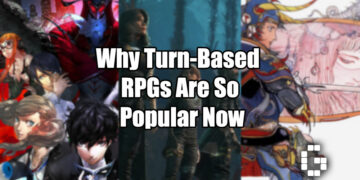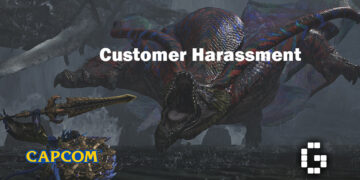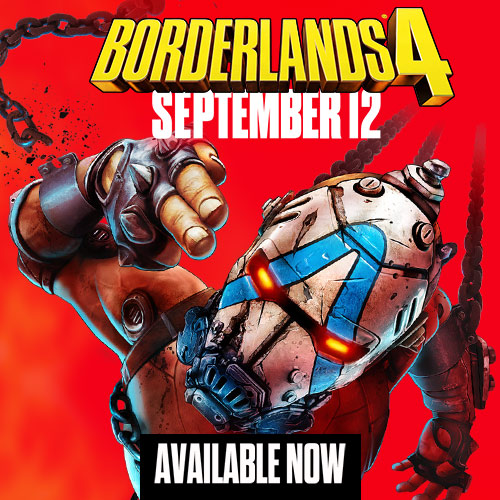This article on ‘What Makes A Good Shonen Anime?’ was available earlier as part of the GamerBraves Newsletter. Sign up for free to gain access to more articles about news and trends in the gaming industry and community.
Shonen has undoubtedly become a pop culture mainstay, with millions of fans around the world. Although there are many great Shonen titles out there, most Shonen titles unfortunately fall into obscurity. With that in mind, we will analyze the factors that make a title stand out from the crowd and keep readers engaged.
Action
Most Shonen titles fall into the Action genre, so naturally, good action sequences are a necessity if you want to stand out.
So what makes a good fight? The most iconic battles typically have several factors that contribute to their success, most notably the buildup, the choreography, and the stakes.

Goku vs Frieza, Naruto vs Sasuke, and more recently, Gojo vs Sukuna are considered some of the most iconic fights of their respective generations, and for good reason.
All of them are hyped up from the beginning, making the fights all the more exciting when they finally happen. The choreography of the fights were also executed masterfully, showcasing the full skillset of the combatants, and having iconic moments that cemented their place in history. With the winner ultimately deciding the outcome of the future, it keeps audiences at the edge of their seats. This combination leaves audiences with a sense of euphoria that is sure to leave a lasting impression.
Characters
Characters in Shonen often follow one of two formulas.

The first follows a formula where there is a trinity of characters with a stupid but well meaning main character, a serious deuteragonist, and a third character that is often the glue of the group. Naruto, Sasuke and Sakura from Naruto, Denji, Aki and Power from Chainsaw Man, and Yuji, Megumi, and Nobara from Jujutsu Kaisen follow this formula.

Others focus on the rivalry between two characters, like Goku and Vegeta from Dragon Ball, Deku and Bakugo from My Hero Academia, and Light and L from Death Note.
These formulas often work as the synergy (or lack there of) of the characters can be entertaining for audiences.
Story and Writing
Classic anime were much more versatile in their storytelling, having variety of unique stories. Nowadays, many of the stories can feel almost identical, with most of them starting off fun and turning serious.

Most modern Shonen tend to include darker themes and deeper topics. Some examples include Jujutsu Kaisen, Chainsaw Man, and Demon Slayer, which are all noticeably darker than their predecessors, having more elements of death and morality. A benefit to this deeper writing means the inclusion of much more foreshadowing, dropping hints here and there having the story come full circle is a much more prevalent in today’s titles, giving it much higher re-readability.
A lot of Shonen also seem to follow the trope of a character wanting to be the best at something, such as Naruto wanting to become Hokage or Deku wanting to be the #1 Hero. Although audiences may think that modern writing is deeper, it’s more of the same, just with extra steps, which can be seen with Attack On Titan, where the Titan-hating Eren becomes a Titan himself.
Despite not being as deep as modern titles, classic Shonen has a certain charm and sense of nostalgia to it that allows it to remain relevant, even after decades have passed.
Modern vs Classic
It’s difficult to compare modern and classic Shonen, as they both have their respective charms, but there are noticeable differences between the two.
Whether it’s the story, the fights, or even the characters, there seems to be a trend of Shonen becoming more complex with each generation.
Each generation of Shonen builds off the last, resulting in a more complicated product. This fact can be easily seen if we take a look at the power systems of some battle anime.
Action in classic anime is more concerned with making the fights look good instead of focusing on the complexity, but the techniques start to grow increasingly complex as time passes.

Dragon Ball’s power system, Ki, is fairly easy to understand, allowing characters to fire energy blasts and fly.

Naruto’s power system, Chakra, has different types of energy that counter one another and may require the user to fulfil certain conditions before they can be used. In terms of complexity, it is definitely harder to understand than Ki, but still manageable.

But at a certain point, it may become overbearing, such as with Jujutsu Kaisen’s power system, Cursed Energy. It has some of the highest levels of complexity we’ve seen thus far, with unique rules, conditions, contracts, restrictions, and statistics for each character that might confuse the reader.
There are no winners or losers here as each generation of techniques has their own appeal, with Dragon Ball’s being its simplicity, Jujutsu Kaisen’s being its complexity, and Naruto’s being the middle ground.

However, there are outliers such as Jojo’s Bizzare Adventure, who’s power system is just made up as the story progresses. A running joke in the community is that “Araki Forgot,” where the audience believes the author forgot certain plot points, which causes rules become more fluid and bend based on what the plot needs. Jojo doesn’t have power scaling, but is instead a puzzle, requiring the audience to figure out how the fight will go. Other anime that also follow a similar formula are Yu-Gi-Oh and Kakegurui.
This evolving complexity doesn’t just apply to the Power System, but to many aspects of the title including the story, themes, and even characters.
Conclusion
Shonen is largely catered towards an audience that enjoys the battle genre, thus most Shonen titles carry over ideas from previous titles, with Dragon Ball being widely considered as the trailblazer for modern battle anime, influencing many titles following its release. The authors of the “Big Three”, Naruto, Bleach, and One Piece have all cited Dragon Ball to be a major influence for their series’, with these 3 anime going on to inspire more modern works such as Jujutsu Kaisen and Demon Slayer.
Hopefully this continuous cycle of building upon the last sets the bar for what makes a good Shonen higher with each release, creating more unique and interesting titles in the future.













![[EXCLUSIVE] Studio 4°C Co-Founder Koji Morimoto on AI, Creativity, and Animation’s Future at ASEAN Digital Summit 2025](https://cdn.gamerbraves.com/2025/09/Koji-Morimoto-Exclusive_Interview_FI-360x180.jpg)
![[EXCLUSIVE] Team Ragnarok Takes the Crown – Yu-Gi-Oh! Master Duel 2025 World Champions Interview](https://cdn.gamerbraves.com/2025/09/YuGiOh-MD-Winner_Interview_FI-360x180.jpg)
![[EXCLUSIVE] The Rise of a Champion: Yu-Gi-Oh! World Championship 2025 TCG Champion Julien Kehon Speaks Out](https://cdn.gamerbraves.com/2025/09/YuGiOh-TCG-Winner_Interview_FI-360x180.jpg)
![[EXCLUSIVE] Behind the Victories: Insights from Yu-Gi-Oh! DUEL LINKS WCS 2025 Champions](https://cdn.gamerbraves.com/2025/08/YuGiOh-Duel-Links-WCS-2025_News_FI-360x180.jpg)
![[EXCLUSIVE] Ink, Identity, and Choice: The Story Behind Realm of Ink](https://cdn.gamerbraves.com/2025/08/Realm-of-Ink-gamescom-2025_Interview_FI-360x180.jpg)
![[EXCLUSIVE] The Story Behind ROG’s Team Up with Xbox for the ROG Xbox Ally at gamescom 2025](https://cdn.gamerbraves.com/2025/08/ROG-Xbox-Ally-Interview_Interview_Galip-solo-2-360x180.jpg)





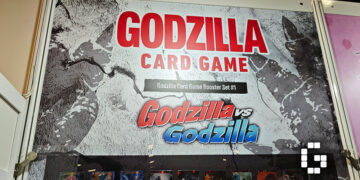
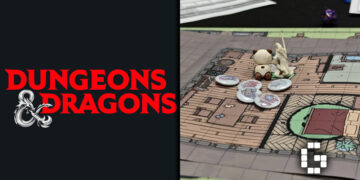

![[GIVEAWAY] SHINOBI: Art of Vengeance Delivers the Deep Combat Modern Action Gamers Want](https://cdn.gamerbraves.com/2025/08/Shinobi_Feature_FI-360x180.jpg)
